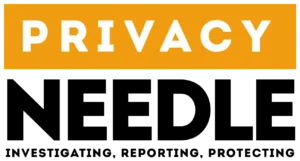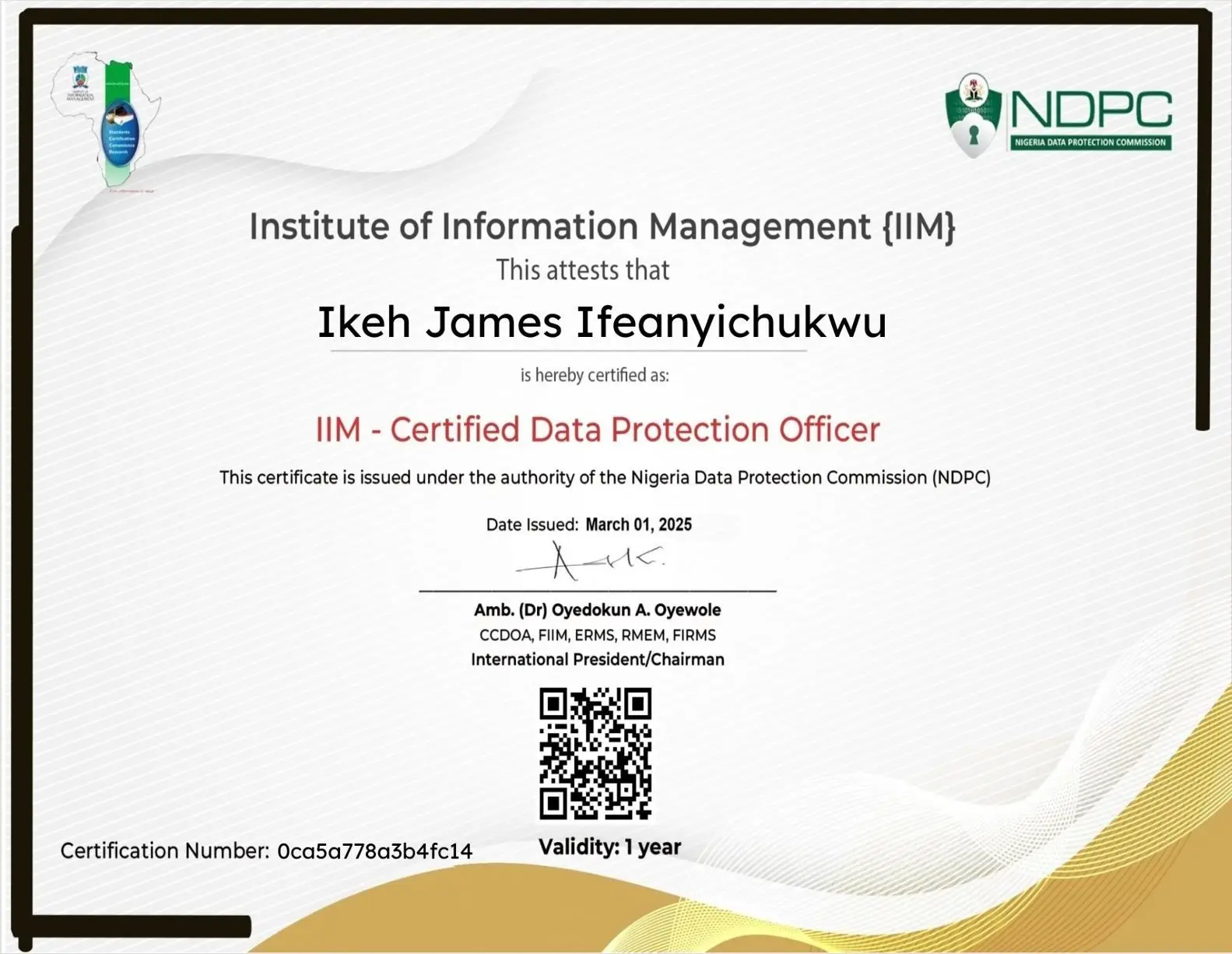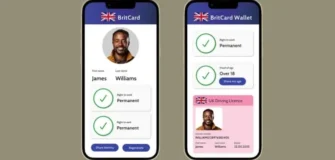BYOD: Why U.S. Employers Face Rising Data Protection Risks in 2026
Share

The Bring Your Own Device (BYOD) revolution has transformed the modern workplace. Employees now use personal laptops, smartphones, and tablets to access company systems and data. While this boosts productivity and reduces hardware costs, it also opens the door to serious cybersecurity, privacy, and legal risks for employers.
In today’s hybrid and remote work environment, understanding these risks—and how to mitigate them—is crucial. This article explains why BYOD can be a double-edged sword for U.S. organizations and how they can balance convenience with compliance and control.
What Is BYOD?
Bring Your Own Device (BYOD) refers to a workplace policy allowing employees to use their personal devices for work-related tasks—such as checking emails, accessing internal databases, or connecting to corporate networks.
BYOD is increasingly common in startups, tech companies, and flexible work environments. According to Gartner, more than 70% of employees globally use their own devices for work at least part of the time.
However, the same convenience that empowers employees can expose companies to data leaks, unauthorized access, and compliance breaches—especially when sensitive information resides on personal devices beyond corporate control.
Why Employers Adopt BYOD
| Benefits | Description |
|---|---|
| Cost Savings | Reduces company hardware expenses. |
| Flexibility | Employees can work from anywhere, improving efficiency. |
| Employee Satisfaction | Staff prefer using familiar devices. |
| Business Continuity | BYOD supports remote work during emergencies or travel. |
While these benefits are compelling, the risks far outweigh them when companies lack strict governance and data protection controls.
The Hidden Risks of BYOD for Employers
1. Data Breach Exposure
When employees use personal devices to access corporate data, employers lose visibility and control.
- Personal devices may lack encryption, up-to-date antivirus software, or security patches.
- A lost or stolen phone can instantly expose company secrets, client information, or intellectual property.
Example: In 2024, a U.S. marketing agency suffered a $250,000 breach when an employee’s personal laptop—used for remote access—was infected with ransomware, compromising client files.
2. Compliance and Privacy Violations
Employers handling regulated data—such as under HIPAA, GDPR, or the California Consumer Privacy Act (CCPA)—are liable for breaches, even when they occur via personal devices.
If an employee mishandles personal data (e.g., customer information, medical records) on a personal device, the company could face massive fines and reputational damage.
NIST and FTC have both emphasized that companies remain responsible for safeguarding data, regardless of ownership of the device.
3. Lack of Endpoint Security
Unlike corporate-owned devices, personal devices are rarely standardized. They may:
- Lack device management tools (like MDM or EMM),
- Operate on outdated systems,
- Use insecure Wi-Fi or untrusted networks.
This inconsistency creates endpoint blind spots, making it nearly impossible to detect threats early.
4. Employee Privacy Concerns
Balancing monitoring with employee privacy is another challenge.
Employers need visibility into how work data is used—but excessive tracking can lead to legal and ethical issues.
Under U.S. privacy laws and state-level frameworks, employees have a right to reasonable privacy expectations, even on devices used for work. Overstepping can lead to lawsuits or employee distrust.
5. Data Ownership Disputes
When employees leave the company, who owns the data stored on their personal devices?
Without clear agreements, retrieving corporate data becomes difficult—sometimes impossible.
Many organizations have faced legal disputes over data deletion, client lists, and confidential information after employees resigned.
Regulatory and Legal Risks
The BYOD trend intersects with multiple U.S. data protection frameworks. Employers must comply with:
| Law / Framework | Relevance to BYOD |
|---|---|
| HIPAA (Health Insurance Portability and Accountability Act) | Protects patient data accessed on mobile or personal devices. |
| CCPA / CPRA (California Privacy Rights Act) | Requires organizations to safeguard consumer data, regardless of device type. |
| NIST Cybersecurity Framework | Provides guidelines for managing BYOD risks under Identify–Protect–Detect–Respond–Recover functions. |
| FTC Safeguards Rule | Applies to financial institutions that allow personal devices to handle client information. |
Failure to comply can result in financial penalties, legal action, and loss of public trust.
How to Mitigate BYOD Risks
1. Create a Clear BYOD Policy
A robust policy should:
- Define acceptable use and prohibited activities,
- Outline data access levels,
- Require employees to sign agreements acknowledging responsibilities,
- Specify data ownership and exit procedures.
2. Use Mobile Device Management (MDM) Solutions
Implement MDM or Enterprise Mobility Management (EMM) systems to:
- Enforce security updates,
- Remotely wipe corporate data if a device is lost or compromised,
- Segment work and personal data.
Tools like Microsoft Intune, VMware Workspace ONE, and Jamf are industry standards.
3. Enforce Encryption and Authentication
Require device encryption and strong multi-factor authentication (MFA) for all remote connections.
This ensures only authorized users access corporate resources.
4. Regular Security Training
Educate employees on safe practices, phishing awareness, and secure network use.
Human error remains one of the top causes of BYOD-related breaches.
5. Conduct Regular Audits
Perform periodic assessments to verify compliance with company and regulatory standards.
Use NIST’s SP 800-124 Revision 2 (Guidelines for Managing the Security of Mobile Devices) as a reference.
Real-World Example: BYOD Gone Wrong
In 2023, a U.S. law firm faced a $500,000 fine after a junior associate accessed client case files via a personal phone infected with spyware. The firm’s failure to enforce MDM and encryption was deemed negligent under state privacy laws.
This case demonstrates how even trusted employees can unintentionally create major compliance liabilities.
The Future of BYOD: Security Meets Flexibility
The BYOD trend isn’t going away—especially with the rise of remote work and freelancer ecosystems.
However, organizations must evolve from ad-hoc approaches to policy-driven BYOD governance supported by:
- Zero Trust Architecture (ZTA),
- Secure Access Service Edge (SASE),
- AI-based endpoint monitoring tools.
As privacy regulations tighten across U.S. states and federal standards emerge, proactive compliance will define responsible employers.
Conclusion
BYOD may empower employees, but it also empowers attackers—unless properly managed.
Employers must recognize that the convenience of using personal devices comes with serious cybersecurity, privacy, and legal obligations.
By adopting strong policies, security technologies, and regular training, organizations can reap BYOD’s benefits without sacrificing data protection. In 2026 and beyond, secure BYOD will be a competitive advantage—not a liability.
FAQs
1. Is BYOD legal in the U.S.?
Yes, but companies must ensure compliance with data protection laws and employee privacy rights.
2. Can employers monitor personal devices used for work?
They can monitor corporate data and apps, but not personal activities. Clear consent and transparency are essential.
3. What happens if an employee’s device is hacked?
If corporate data is compromised, the employer can still be held liable—especially under privacy laws like CCPA or HIPAA.
4. How can small businesses implement BYOD securely?
Start with a written BYOD policy, enable MFA, use MDM tools, and regularly train employees on cybersecurity best practices.






































Leave a Reply